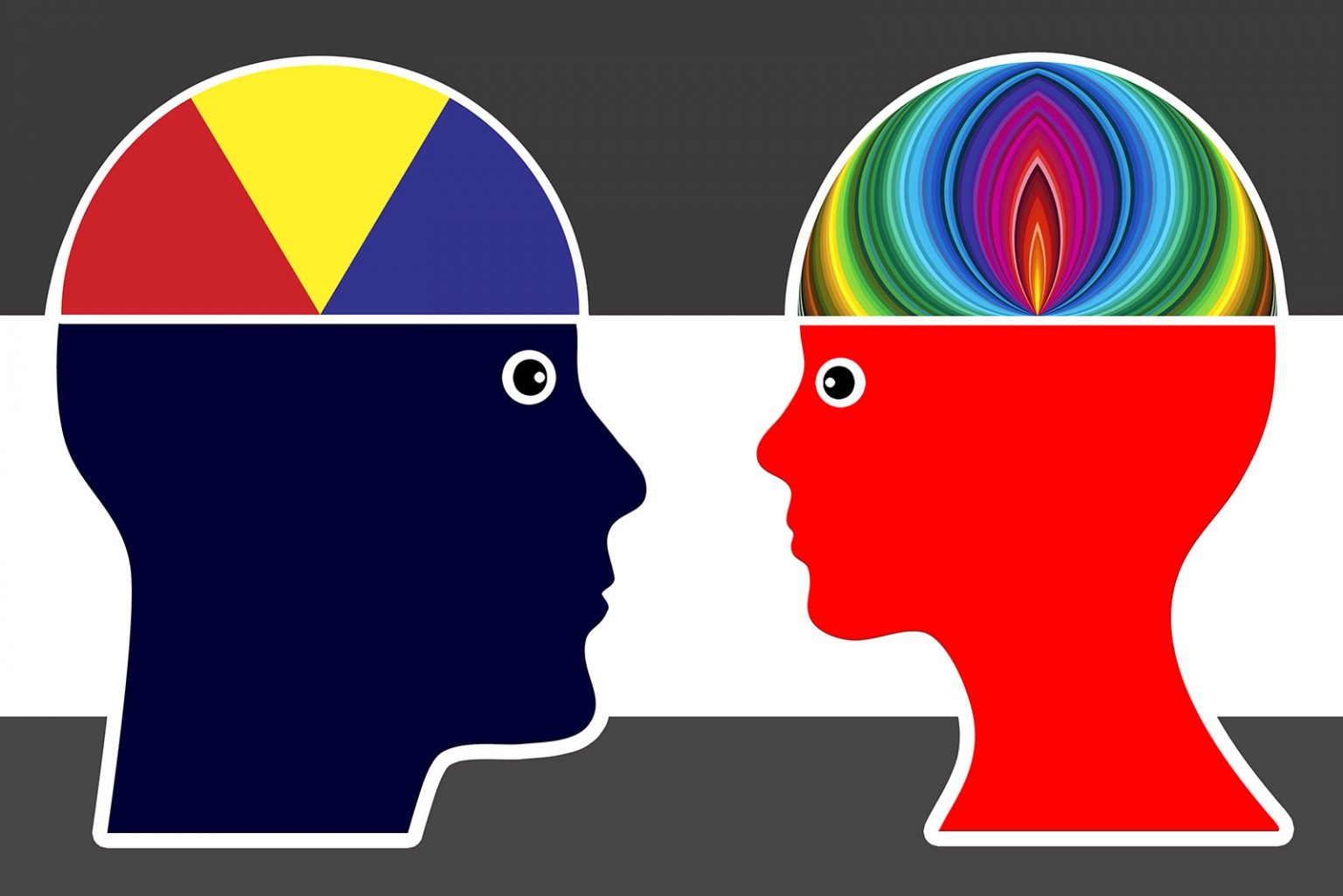
Have you ever wondered what it would be like to see more colors than the average person? Some people are born with a condition called tetrachromacy, which allows them to see a wider range of colors than the rest of us. In this article, we’ll take a closer look at this fascinating phenomenon.
What is Tetrachromacy?

Tetrachromacy is a condition in which a person has four types of cone cells in their eyes instead of the typical three. Cone cells are responsible for color vision, and having an extra type of cone allows tetrachromats to see a wider range of colors than the rest of us.
While the average person can see around one million different colors, tetrachromats can potentially see up to 100 million different colors. This is because they have more combinations of cone cells to detect different wavelengths of light.
Who Has Tetrachromacy?

While tetrachromacy is a rare condition, it’s estimated that around 12% of women may have it. This is because the gene for tetrachromacy is located on the X chromosome, and women have two X chromosomes while men only have one. However, not all women with the gene will necessarily develop tetrachromacy.
It’s also worth noting that having the gene for tetrachromacy doesn’t necessarily mean that a person will have enhanced color vision. In order for the condition to manifest, the brain also needs to be able to process the additional information from the extra cone cells.
What Does the World Look Like to Tetrachromats?

It’s difficult to imagine what the world looks like to someone with tetrachromacy, as their perception of color is so different from ours. However, some tetrachromats have described seeing colors that are difficult to describe or even name.
For example, one tetrachromat described the color of a sunset as “a deep reddish-orange with a hint of pink and a touch of purple”. Another described the color of a parrot’s feathers as “a bright greenish-yellow with a hint of blue and a touch of red”. These colors are outside the range of what most of us would consider normal.
The Downsides of Tetrachromacy
:max_bytes(150000):strip_icc()/GettyImages-825159586-980d353ac0e5468f8ab8acddc5195c90.jpg)
While tetrachromacy may seem like a superpower, it’s not all sunshine and rainbows. Some tetrachromats have reported that their enhanced color vision can be overwhelming or even painful at times.
For example, looking at certain patterns or colors for too long can cause eye strain or headaches. Some tetrachromats have also reported that they find it difficult to focus on objects that are not colorful, as their brain is so used to processing a wide range of colors.
Conclusion
Tetrachromacy is a fascinating condition that allows some people to see a much wider range of colors than the rest of us. While it’s not without its downsides, it’s still a remarkable example of the diversity of the human experience.